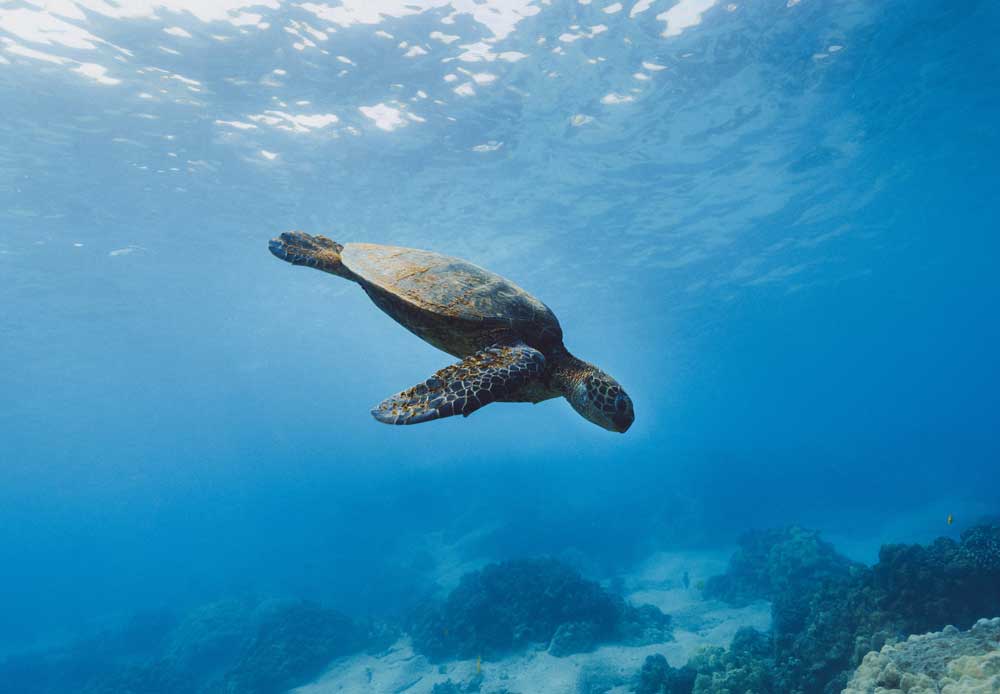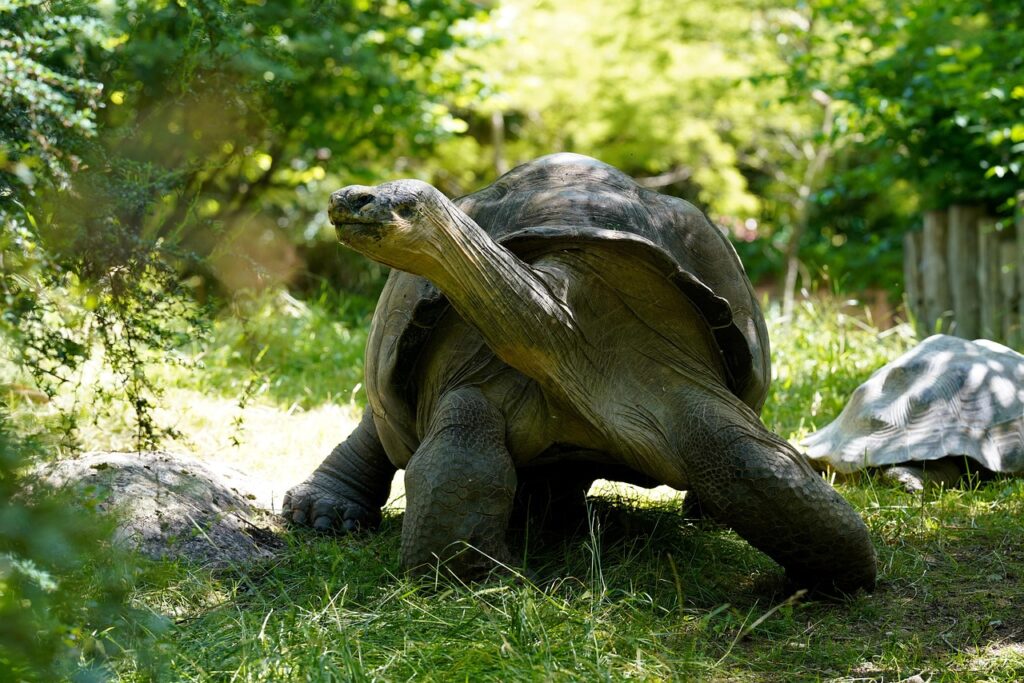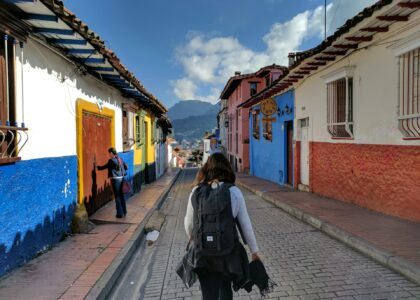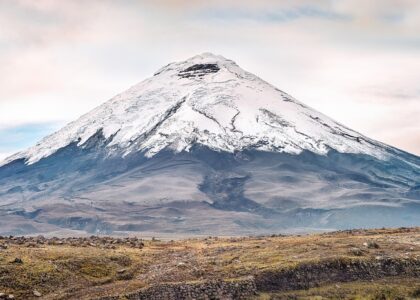The story of evolution in the Galapagos Islands is nothing short of extraordinary. These remote volcanic islands are a living laboratory where species have adapted and evolved in fascinating ways. At Explorify Expeditions, we’re here to help you experience these wonders firsthand, guiding you through an environment that inspired Charles Darwin himself.

The Remarkable Adaptations of Galapagos Wildlife
From giant tortoises to finches and marine iguanas, the wildlife of the Galapagos Islands offers a window into nature’s capacity for change and survival. Each species has found its own way to thrive amid the islands’ diverse and challenging landscapes.

Giant Tortoises: Guardians of Evolution
Few creatures embody the evolution in the Galapagos Islands like the giant tortoises. These gentle giants have adapted over centuries to survive shifting environments and human impact.
- Dome-shaped tortoises roam the lush highlands of Santa Cruz and Isabela, where abundant vegetation supports their shorter necks and limbs.
- Saddle-backed tortoises have evolved longer necks and limbs to reach vegetation in the drier, lower areas.
- Isabela Island alone boasts five distinct species of giant tortoises, each adapted to different volcanoes and lava flows.
Conservation efforts led by the Galapagos National Park and the Charles Darwin Foundation are working tirelessly to restore populations affected by pirates, whalers, and settlers. Programs on Santa Fe Island are already showing promise, releasing hatchlings into the wild to boost their chances of survival.
Explore breeding centers on Santa Cruz, San Cristóbal, and Isabela with Explorify Expeditions, where you can walk among these remarkable creatures and witness ongoing conservation efforts up close.

Darwin’s Finches: Evolution’s Signature
The Galapagos finches are iconic examples of adaptive radiation. With over 13 species scattered across the islands’ forests, mangroves, and arid landscapes, their beaks have evolved to suit specific diets and habitats.
- Cactus finches have longer, thicker beaks ideal for feeding on cactus plants.
- Ground finches have shorter, more robust beaks suited for cracking seeds.
- Warbler finches possess slender, pointed beaks perfect for picking insects from tree bark.
Sites like Los Gemelos on Santa Cruz, with its lush forests growing in collapsed magma chambers, offer prime birdwatching opportunities for visitors hoping to spot Darwin’s finches in their natural habitat.

Iguanas: Nature’s Adaptable Reptiles
Iguanas in the Galapagos showcase evolution’s creativity in both land and marine environments. Each island is home to unique species with remarkable traits.
- The Santa Fe yellow iguana is found exclusively on Santa Fe Island.
- The marine iguana, the only ocean-going iguana in the world, thrives across the archipelago by diving for algae and plankton.
Their appearances differ from island to island—Isabela’s marine iguanas are the largest, while Genovesa Island is home to the smallest and darkest of the species. During mating season, these usually dark reptiles transform into vivid shades of orange, red, green, blue, and brown to attract mates.
Explore their diverse habitats on islands like Santa Cruz, San Cristóbal, Isabela, and North Seymour with Explorify Expeditions.
Experience Evolution with Explorify Expeditions
The Galapagos Islands are a treasure trove of biodiversity where you can witness evolution in action. Whether you’re marveling at the slow, graceful movements of giant tortoises, observing the variety of finch species, or snorkeling alongside marine iguanas, the experience is unforgettable.
At Explorify Expeditions, we’ll help you uncover the secrets of evolution in the Galapagos Islands through carefully crafted tours designed to bring you face-to-face with these incredible species.
Ready to explore? Contact our team today!






